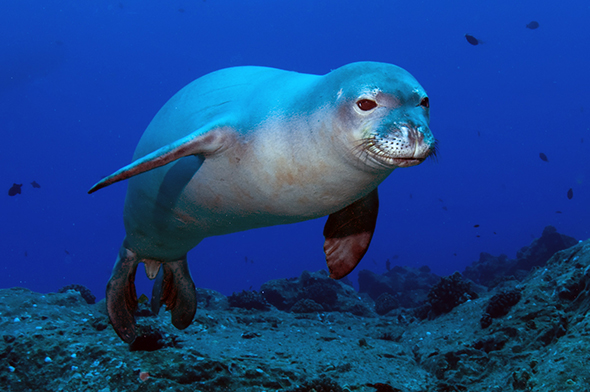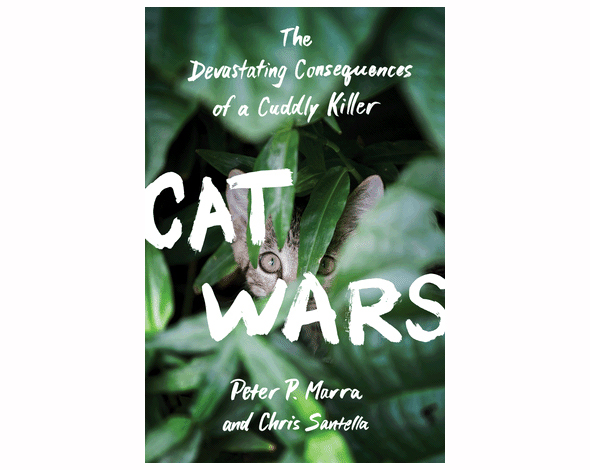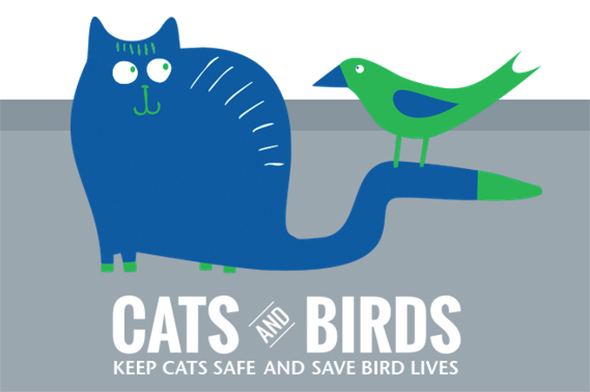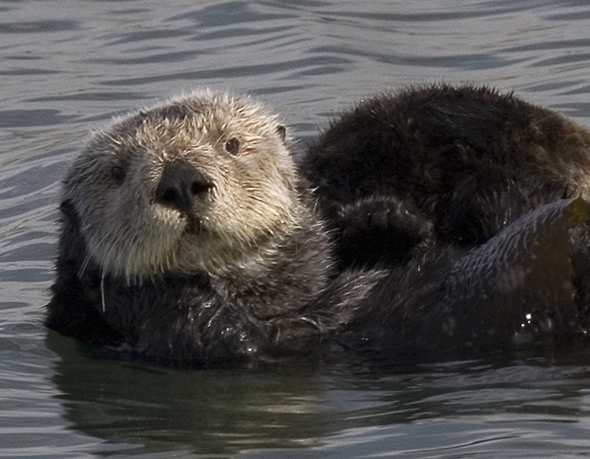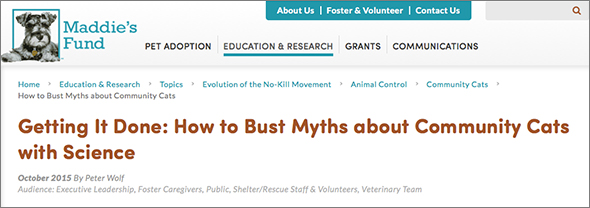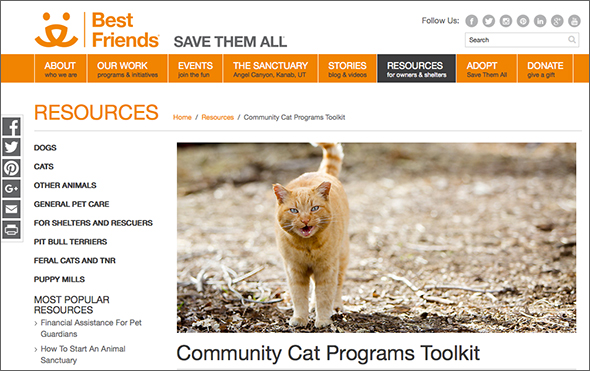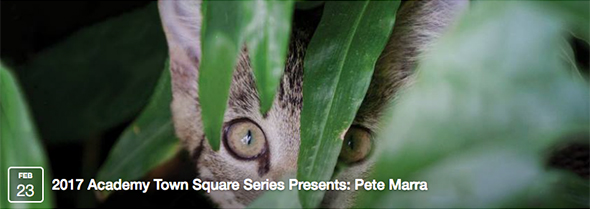
Somebody needs to explain to the folks at the Academy of Natural Sciences of Drexel University the importance of managing expectations. According to the institution’s Facebook page, Peter Marra, who’s speaking this evening as part of its Town Square series, “will outline the evidence he and co-author Chris Santella have presented in their new book Cat Wars: The Devastating Consequences of a Cuddly Killer.”
“He will discuss the scientific evidence confirming that free-ranging cats are killing birds and other animals by the billions and the devastating public health consequences of rabies and parasitic Toxoplasma passing from cats to humans at rising rates.”
Spoiler alert! Marra and Santella provide no such “evidence” in their book.
That’s not to say that Marra won’t have plenty to talk about of, course. Earlier this month, he ramped up his campaign of misinformation, scaremongering, and magical thinking with an appearance on WTTW’s Chicago Tonight in which he further misrepresented his junk science.
So, who knows what he’ll come up with tonight.
It’s more than a little troubling to see the Academy promote Marra’s witch-hunt, hosting him as part of a program “designed to engage and provide relevant educational content to the public on environmental issues.”
“Town Squares focus on critical global issues in environmental science by featuring prominent thought leaders and their findings on biodiversity, freshwater issues, climate change, and evolution. Environmental advocates, scientists, and community members come together for an opportunity to further their knowledge about environmental and sustainability matters through accurate, real-time scientific information.”
I don’t know about other events in the series, but I think it’s safe to say that many attendees of tonight’s talk will leave the venue less knowledgeable, not more.* On the other hand, if they’re looking for “real-time information,” Marra’s shown he’s more than willing to make up his “facts” on the fly.
* Even so, I’m sure Marra will have his supporters. Indeed, somewhere in the audience might be his former colleague, Nico Dauphiné, who left her prestigious post-doc position at the Smithsonian Migratory Bird Center after she was found guilty of attempted animal cruelty. Now Nicole Arcilla, she’s a post-doc researcher in Drexel’s Biodiversity, Earth, and Environmental Sciences department.



